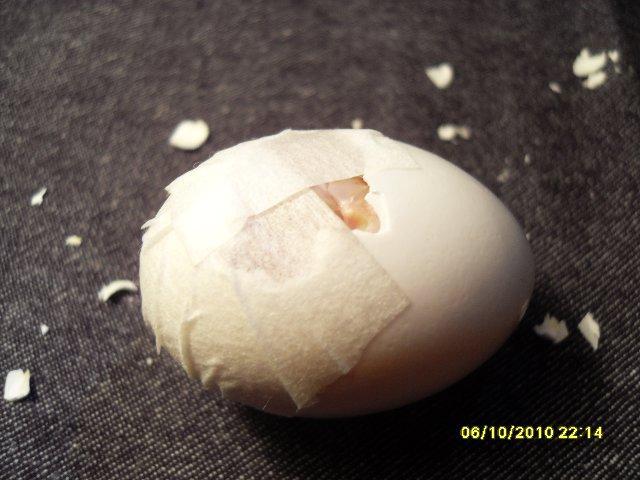I had 24 Blue Laced Red and Silver Laced Wyandotte eggs in the incubator. Last night was lockdown, and for that, I move them over to a Little Giant for hatching. I was candling as I went, and set aside three that seemed to be quitters.
My son and I like to open the quitters and see what stage they failed in. So I carefully chipped a hole in the big end of the first one, only to discover that the chick was still alive. I didn't damage the membrane, but it definitely moved when I touched it. I didn't know what else to do, so we put a bit of scotch tape over the end of the egg and popped all three of them back into the hatcher. I sort of doubt that it has a chance, but maybe it does?
Has anyone else done this bonehead move and successfully got a live chick out of it?
My son and I like to open the quitters and see what stage they failed in. So I carefully chipped a hole in the big end of the first one, only to discover that the chick was still alive. I didn't damage the membrane, but it definitely moved when I touched it. I didn't know what else to do, so we put a bit of scotch tape over the end of the egg and popped all three of them back into the hatcher. I sort of doubt that it has a chance, but maybe it does?
Has anyone else done this bonehead move and successfully got a live chick out of it?





